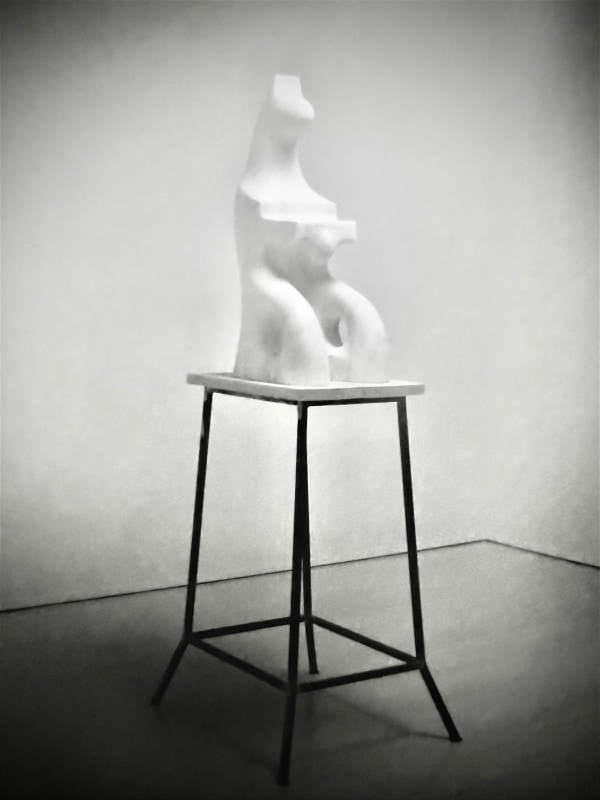Saint Clair Cemin, born in 1951 in Cruz Alta, Brazil, is considered one of the most significant sculptors of his generation. After studying philosophy and physics in Brazil, he moved to Paris in the late 1970s, where he trained in printmaking at the École nationale supérieure des beaux-arts. It was during this time that he shifted his focus to sculpture, laying the foundations for his eclectic and material-rich practice. His work is characterized by an extraordinary diversity of materials and forms, ranging from mythological allusions to surreal abstractions. He rose to prominence in the 1980s as part of the East Village art scene in New York, where he moved in circles that included artists like Jeff Koons and Peter Halley.
This exhibition presents sculptures by the Brazilian artist that enter into dialogue with earlier works, offering a retrospective view of his multifaceted oeuvre. The show includes both new works and selected earlier pieces. Many of the exhibited sculptures refer to previous phases of his work in terms of motif or form, while others explore entirely new directions. Together, they form a layered panorama that brings the richness of Cemin’s artistic thinking into view.
Cemin’s work exists in a productive tension with art history: on the one hand, it reflects classical sculpture – from Greco-Roman antiquity through the Renaissance to Brancusi and Giacometti; on the other, it deconstructs traditional notions of form and sculptural autonomy. In his practice, Cemin combines figurative, abstract, and ornamental elements in unorthodox ways, enabling him to draw complex connections between art, philosophy, and science. His sculptures are thus never purely formal or illustrative, but always part of a broader metaphysical inquiry into the nature of the world and subjectivity. Cemin describes his creative process as a revelation of the self: “It’s impossible to create more than what you are. You can only unveil more of yourself.” (BOMB Magazine, 1994). This introspective approach is reflected in his sculptures, which often appear as poetic metamorphoses – organic, flowing, and at the same time, precisely constructed. Classical sculpture, architectural fragments, and imaginary forms overlap in them, forming works that are as visually engaging as they are intellectually resonant.
In many of his works, Cemin deliberately plays with the connotation of the aesthetic: He combines the sublime with the ridiculous, the graceful with the grotesque. This ambivalence lends his sculptures a peculiar tension – they are beautiful, but never pleasing; expressive, but never unambiguous. Figures such as the three-legged Ballerina, the bulging Double Duck or the over-dimensioned Spirit epitomise this oscillation between form and meaning. They reveal an understanding of sculpture that does not marginalise the changeable and contradictory, but rather makes it productive.
Cemin’s work is held in major public collections, including the Whitney Museum of American Art in New York, the Fonds National d’Art Contemporain in Paris, the Museum of Contemporary Art in Los Angeles, and Inhotim in Brazil. His most important solo exhibitions include Directions at the Hirshhorn Museum and Sculpture Garden in Washington (1992), Resonances at the Museum of Modern Art in Mexico City (2001), and Baroque Mirror at the Centro Atlántico de Arte Moderno in Gran Canaria (2013).
